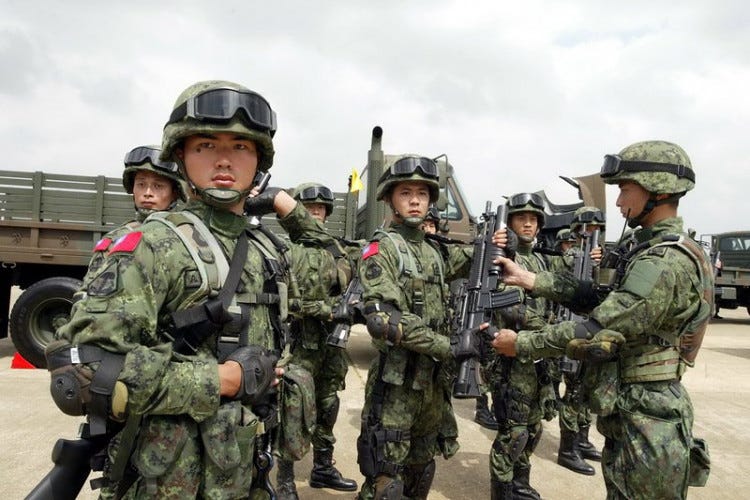Confrontation Looms Over Taiwan-Held South China Sea Islands
PLA maneuvers near islands impel Taiwanese Marines to deploy

By: Jens Kastner
Taiwan’s ministry of defense has confirmed that it has redeployed marines to a Taiwanese-controlled set of specks about 170 km southeast of Hong Kong – only one above water – ending 10 years of demilitarization and setting up a possible confrontation with China’s People’s Liberation Army.
The three are a pair of shoals 11 meters underwate…
Keep reading with a 7-day free trial
Subscribe to Asia Sentinel to keep reading this post and get 7 days of free access to the full post archives.
